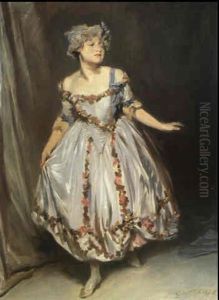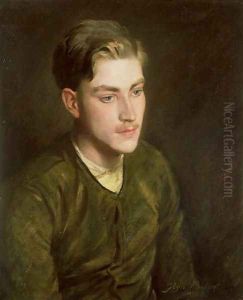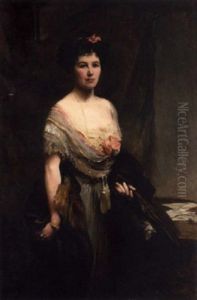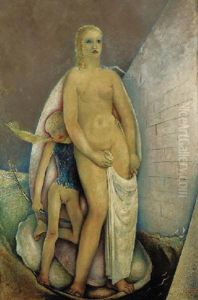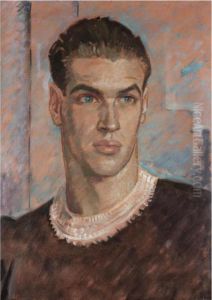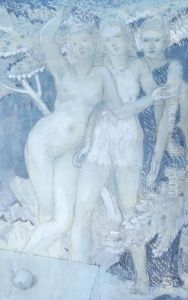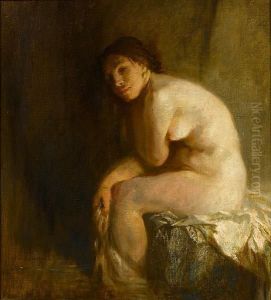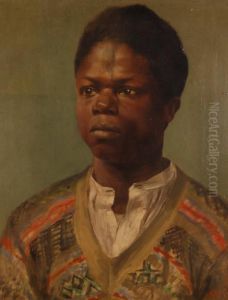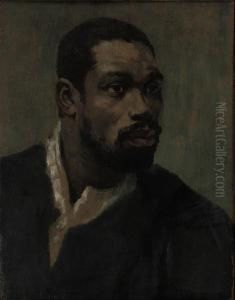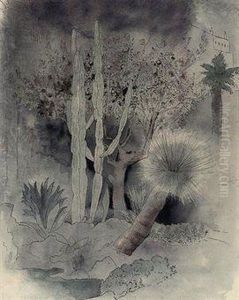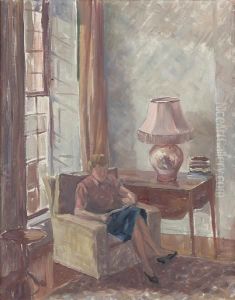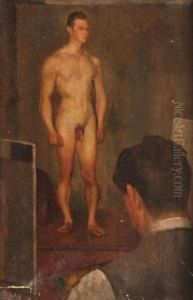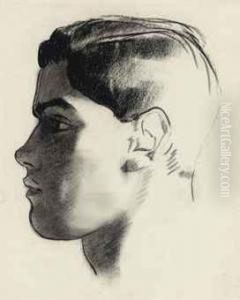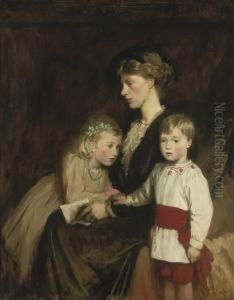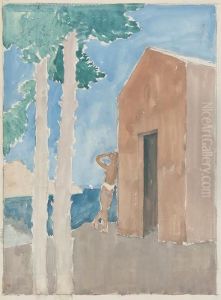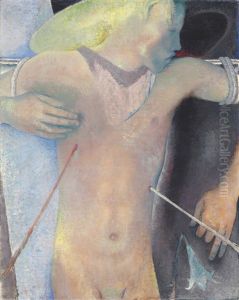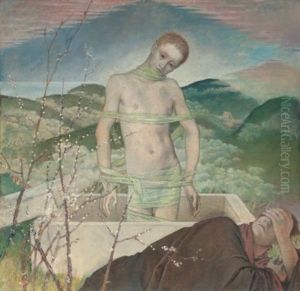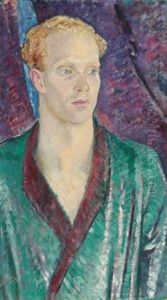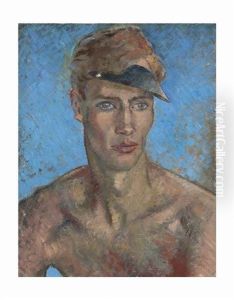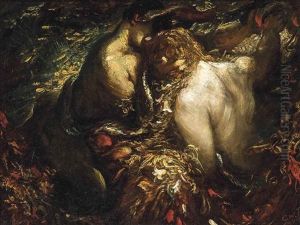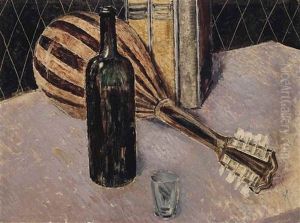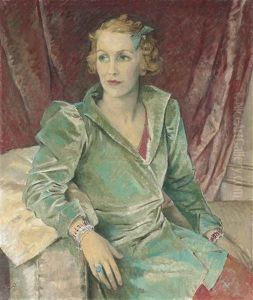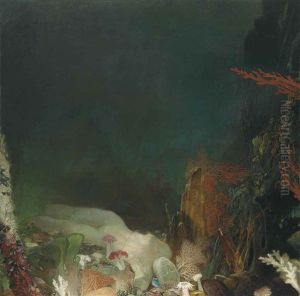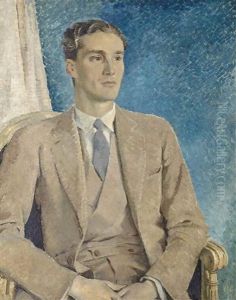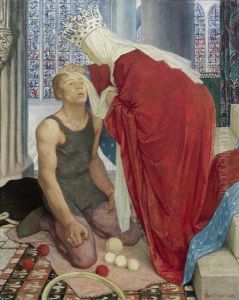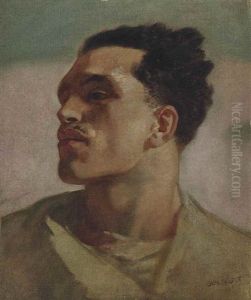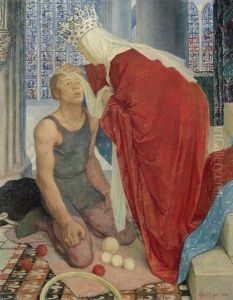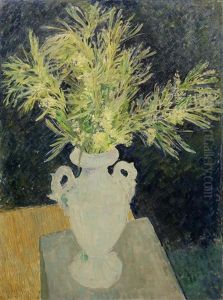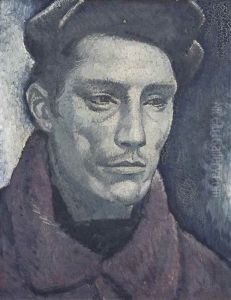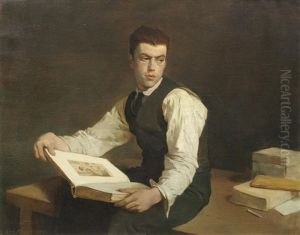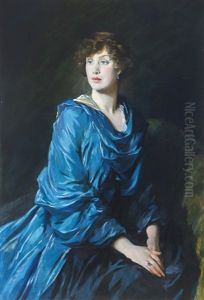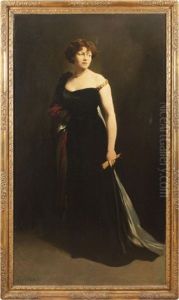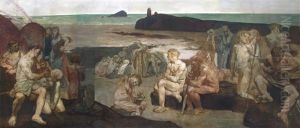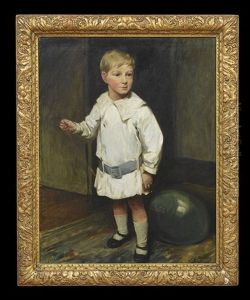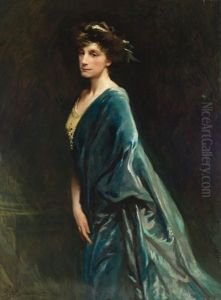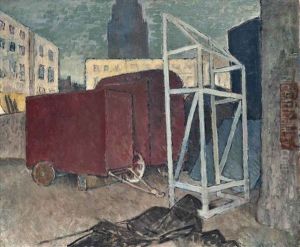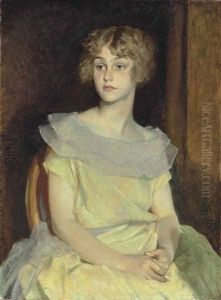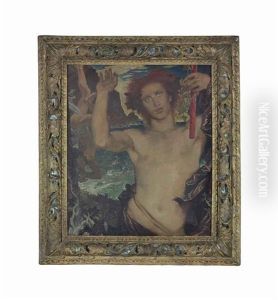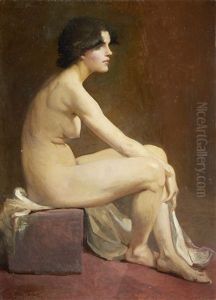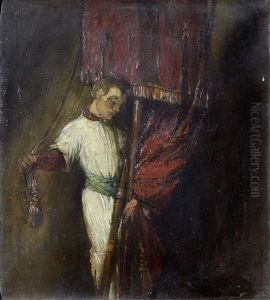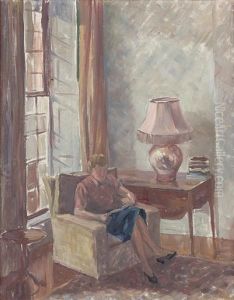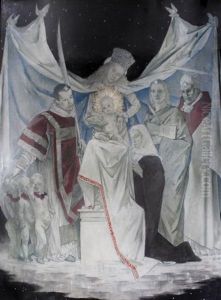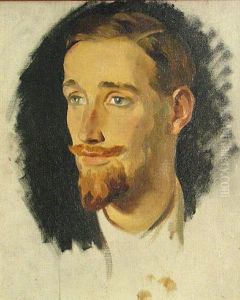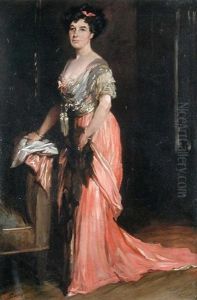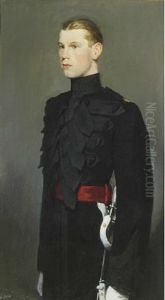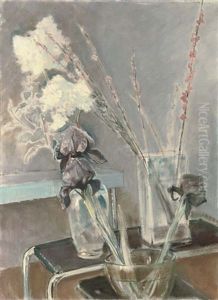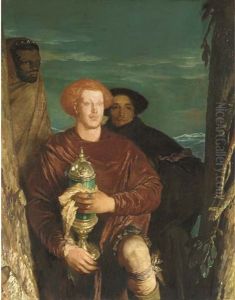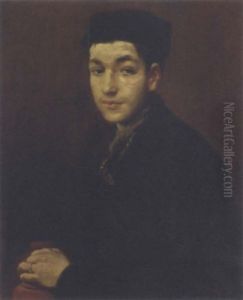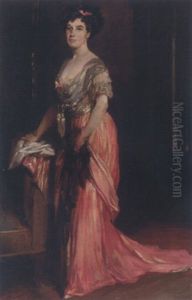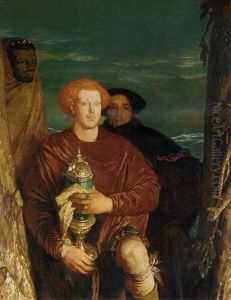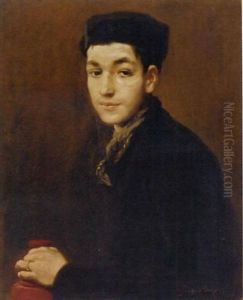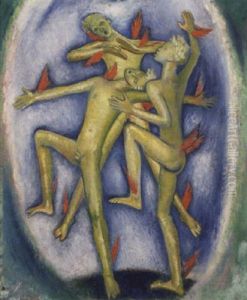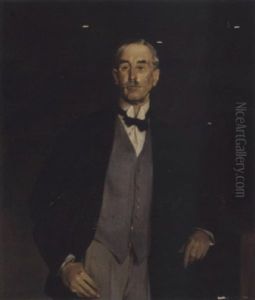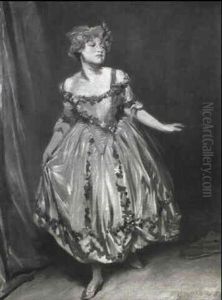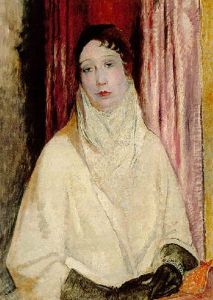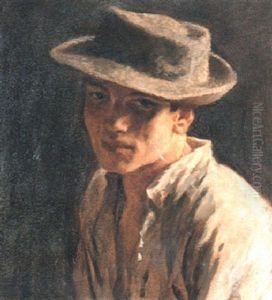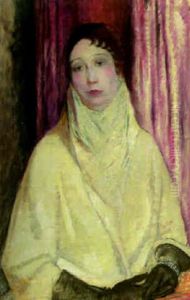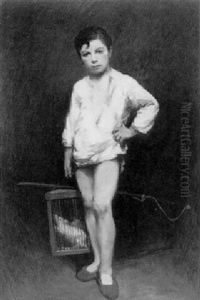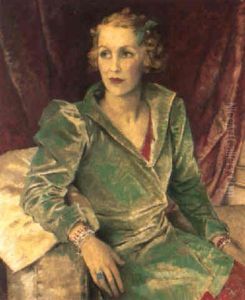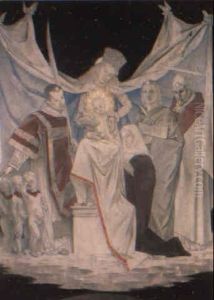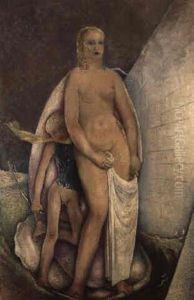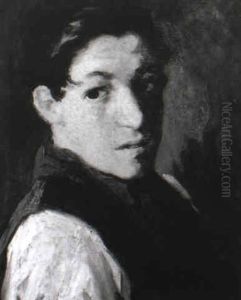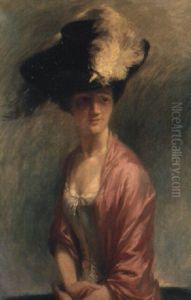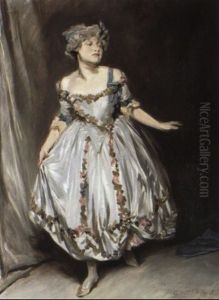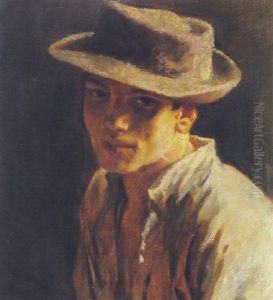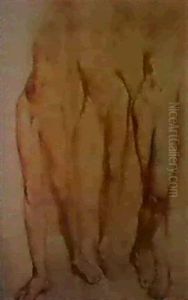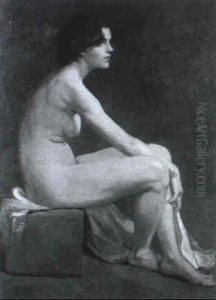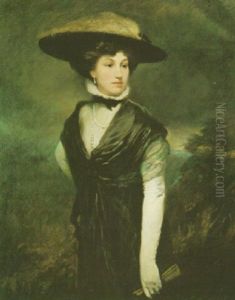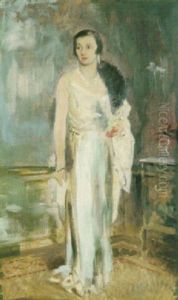Glyn Warren Philpot Paintings
Glyn Warren Philpot was a British painter and sculptor, born in Clapham, London, on October 5, 1884. He is known for his portraits and works that reflect a variety of styles, transitioning through the Edwardian tradition to a more modernist approach. Philpot was educated at Westminster School of Art and the Académie Julian in Paris. His early work was influenced by his contemporaries and predecessors, such as John Singer Sargent, but as his career progressed, he began to explore new styles and themes, particularly those that expressed his own homosexuality at a time when it was socially repressed.
Philpot gained recognition for his portraiture, capturing the likenesses of prominent figures of his time, including politicians, socialites, and fellow artists. His portraits were characterized by a refined, elegant style and often included symbolic elements. He exhibited regularly at the Royal Academy and was elected as an Academician in 1923, which was a significant honor.
However, in the late 1920s and early 1930s, Philpot's work began to shift. Influenced by the changing art scene and his own personal experiences, he started to adopt a more modernist style and began to depict subjects from the fringes of society, such as circus performers, people of African descent, and individuals whose gender expression defied the norms of the day. This shift was not always well received by the conservative art establishment or his previous clientele.
Philpot also explored religious themes and was known for several significant religious commissions, including the altarpiece for St Alban's Church in London. His religious works often reflected a personal and emotional interpretation of Christian iconography.
Glyn Warren Philpot died on December 18, 1937, in London, at the age of 53. His later works, which were more expressive and bold, have been re-evaluated in recent years, and his contribution to British art, especially his role in the transition from traditional to modernist styles, has been recognized more fully. While Philpot's early portraits show the technical prowess and elegance of his era, his later works reveal a more complex and introspective artist grappling with the social and cultural tensions of his time.
